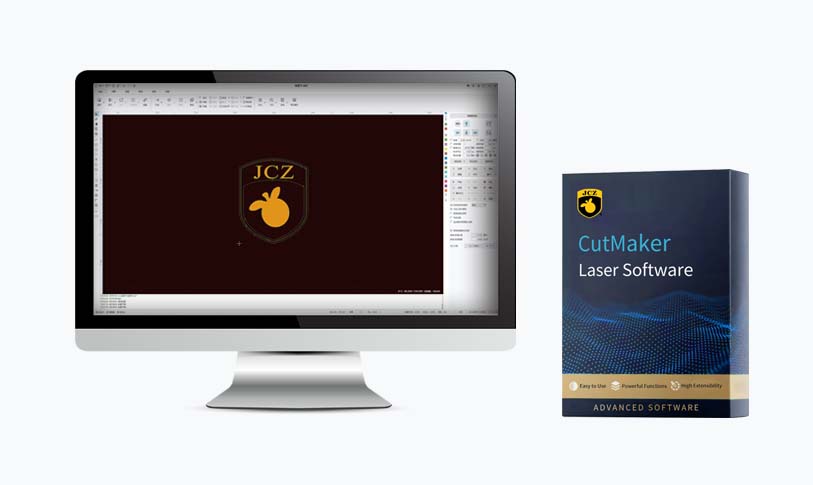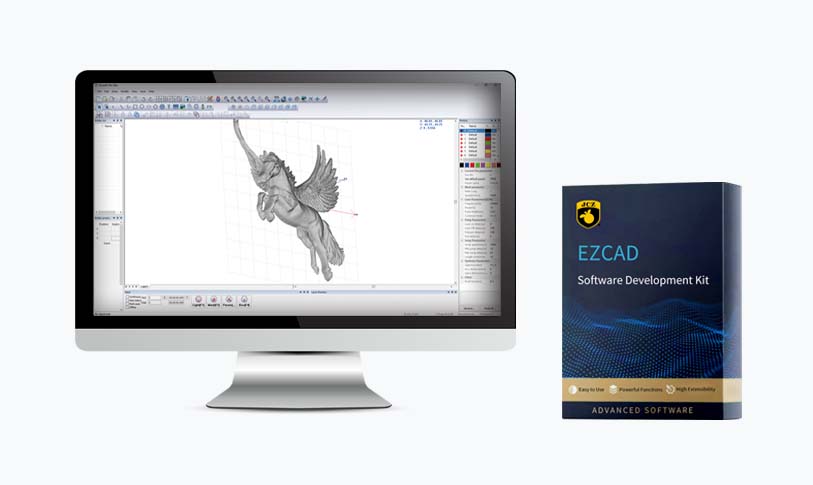In recent years, fiber laser technology has evolved dramatically, making significant strides in various industries thanks to its efficiency, precision, and versatility. Among the myriad options available, the 60W fiber laser stands out as an ideal choice for a wide range of applications, from engraving delicate designs to cutting through thicker materials. This article will delve into the capabilities and benefits of the 60W fiber laser, as well as its applications across different sectors.
Understanding Fiber Lasers
Before delving into the specifics of the 60W fiber laser, it’s essential to understand the technology behind fiber lasers in general. Fiber lasers utilize a fiber optic cable doped with rare-earth elements, such as ytterbium, to generate a coherent beam of light. This technology boasts several advantages over traditional laser systems, including improved beam quality, greater energy efficiency, and lower maintenance requirements. The compact design of fiber lasers also makes them suitable for integration into automated systems and various manufacturing processes.

Exploring the Versatility and Applications of the 60W Fiber Laser in Modern Manufacturing and Precision Industries
Advantages of the 60W Fiber Laser

Exploring the Versatility and Applications of the 60W Fiber Laser in Modern Manufacturing and Precision Industries
1. **Precision and Accuracy**: One of the primary advantages of the 60W fiber laser is its ability to produce highly precise cuts and engravings. The focused beam can achieve intricate details on various materials, making it ideal for artists and manufacturers alike.
2. **Versatile Material Capability**: Fiber lasers can cut, engrave, and mark a variety of materials, including metals, plastics, and wood. The 60W variant is particularly effective for thinner sheet metals and materials, offering the flexibility necessary for various projects.
3. **Higher Efficiency**: With an efficiency of over 30%, 60W fiber lasers consume significantly less power than their CO2 counterparts. This translates into reduced operational costs and a lower carbon footprint for businesses.
4. **Low Maintenance**: Since fiber lasers are solid-state devices with no moving parts, they require minimal maintenance compared to traditional laser systems. This capability leads to minimized downtime, ensuring continuous productivity in manufacturing processes.
5. **Compact Design**: The compact nature of fiber laser systems allows for easy integration into existing manufacturing setups. Their small size requires less floor space than traditional lasers, making them suitable for industries with limited operational areas.
Applications of the 60W Fiber Laser
The versatility of the 60W fiber laser enables its application across various sectors, including:

Exploring the Versatility and Applications of the 60W Fiber Laser in Modern Manufacturing and Precision Industries
– **Manufacturing**: Many manufacturers utilize 60W fiber lasers for cutting and engraving metal components. Precision cutting capabilities make them indispensable for creating intricate parts in industries like automotive, aerospace, and electronics.
– **Jewelry Making**: The jewelry industry benefits significantly from the 60W fiber laser’s precision. Designers use these lasers to engrave intricate patterns and details onto jewelry pieces, allowing for the creation of personalized and unique products.
– **Signage**: For businesses looking to create custom signs, the 60W fiber laser provides the capability to cut and engrave various materials. This adaptability allows for high-quality and intricate designs that can draw customers’ attention.
– **Medical Device Manufacturing**: Precision is critical in the medical field, and the 60W fiber laser meets this demand by engraving and cutting components for medical devices. Its ability to work with biocompatible materials ensures safety and compliance with industry standards.
– **Art and Decor**: Artists are increasingly turning to fiber lasers for their projects. The ability to create stunning designs on diverse materials like wood, glass, and acrylic has revolutionized art creation. The precision afforded by the 60W fiber laser allows artists to push the boundaries of their creativity.
Conclusion
In conclusion, the 60W fiber laser represents a significant advancement in laser technology, combining efficiency, precision, and versatility. Its various applications across multiple industries showcase its essential role in modern manufacturing and creative processes. As technology continues to improve, the potential for fiber lasers, particularly the 60W variant, is vast, paving the way for innovative solutions and enhanced productivity in countless fields. Embracing this technology can provide businesses with a competitive edge and allow creators to explore their artistic vision with unprecedented capability.1000w laser
